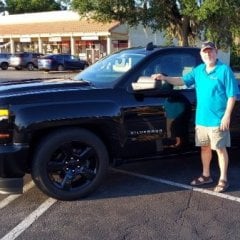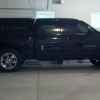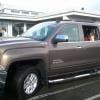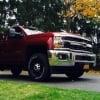-
Similar Content
-
- 0 replies
- 551 views
-
- 1 reply
- 553 views
-
- 0 replies
- 3,226 views
-
- 13 replies
- 3,560 views
-
- 5 replies
- 1,450 views
-
-
Recently Browsing 0 members
- No registered users viewing this page.
-
Forum Statistics
247.7k
Total Topics2.6m
Total Posts -
Member Statistics
-
Who's Online 21 Members, 0 Anonymous, 1,728 Guests (See full list)




















Recommended Posts
Join the conversation
You can post now and register later. If you have an account, sign in now to post with your account.